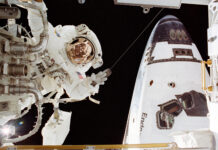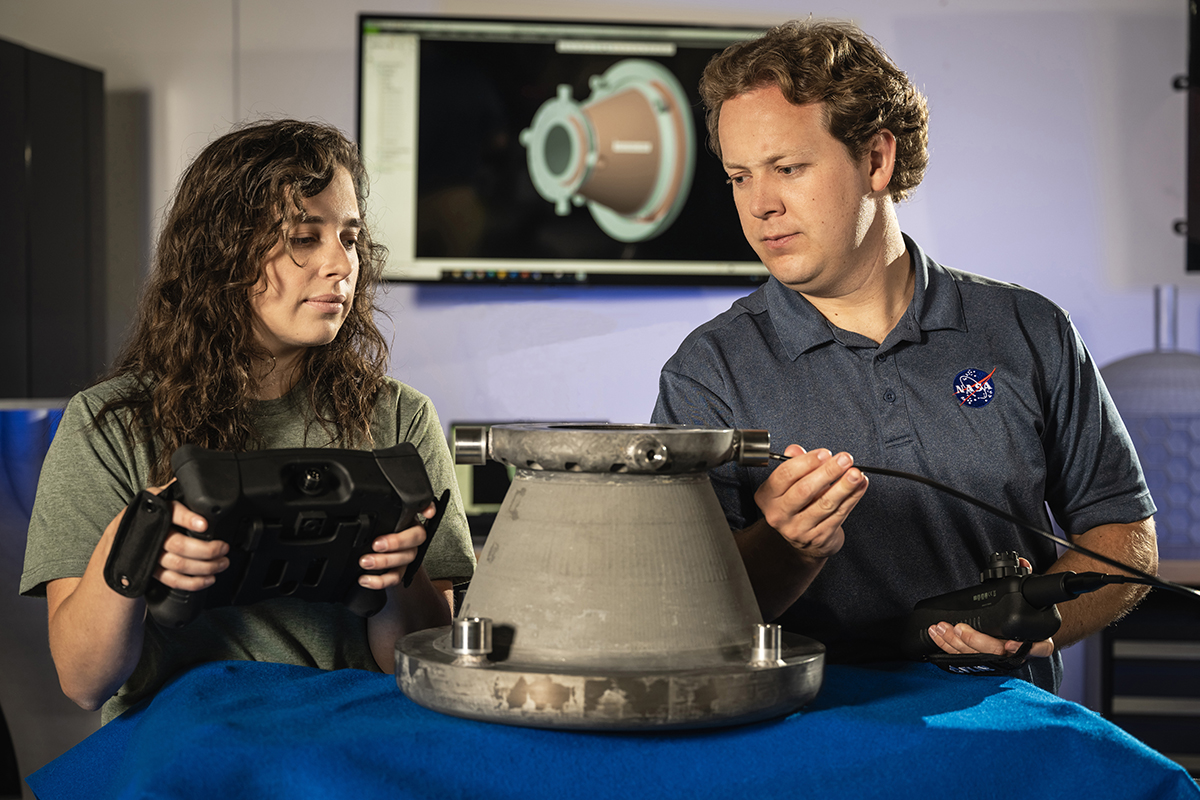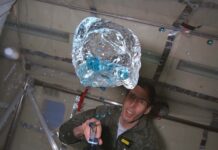America’s Space Program at a Crossroads: A Call for Renewed Focus and Leadership
America’s space program is at a pivotal moment. With a new administration now in place in Washington, there is a unique opportunity to redirect NASA towards its foundational goals: promoting American technological leadership and bolstering the economy through space exploration. Although NASA has accomplished extraordinary feats, it has somewhat veered away from its core mission due to leadership that has become increasingly detached from the groundbreaking science and engineering that once characterized it.
The Promise of NASA’s Technology Transfer Program
NASA’s Technology Transfer Program outlines a promising future for the agency if it is steered correctly. Since it began, this initiative has transformed space-age innovations into everyday consumer benefits, such as memory foam and water filtration systems. These technologies have generated billions of dollars in economic activity and created thousands of jobs. Despite its significance, this crucial program receives little attention and resources compared to other agency priorities.
NASA has the potential to drive private sector innovation, which represents the future of space exploration: nimble, cost-efficient, and driven by innovation.
Success Stories: Public-Private Partnerships
NASA’s Commercial Orbital Transportation Services (COTS) program is a prime example of the agency’s potential to foster private sector innovation. By collaborating with companies like SpaceX and Blue Origin, NASA has nurtured a thriving commercial space industry while achieving its mission at a fraction of traditional costs. These public-private partnerships are the future of space exploration—agile, cost-effective, and innovation-driven.
Challenges in NASA’s Current Leadership
Unfortunately, NASA’s existing leadership structure is somewhat outdated. Many senior administrators within NASA’s core directorates—Space Operations, Aeronautics, Exploration Systems Development, Space Technology, and Science—have spent decades in bureaucratic roles, far removed from the technical frontiers they’re meant to pioneer. While their institutional knowledge is valuable, there is a pressing need for leaders with current expertise in rapidly evolving fields such as artificial intelligence, advanced materials, and modern spacecraft design.
The solution isn’t merely younger or more ‘current’ leadership—it’s technically proficient leadership. This means having leaders who are not only familiar with NASA’s rules and regulations but are also active practitioners in relevant disciplines. They should be capable of evaluating cutting-edge proposals and steering the agency towards transformative projects. Most NASA senior leadership positions should be term appointments, allowing the best and brightest new minds to cycle through government service and then return to private industry or academia.
Key Reforms for NASA’s Future
As the new administration reviews NASA’s direction, it should prioritize three key reforms:
- Expand NASA’s Technology Transfer Program: This program currently operates on a modest budget of $25 million per year. It should be increased fourfold, which would still be significantly less than what NASA spends annually on public relations. Rebalancing the Space Technology directorate’s portfolio to better serve American business needs is long overdue. Properly funded, productive NASA programs like Technology Transfer can inject immediate value into the burgeoning new technology economy.
- Build on COTS’ Success: Extend the model of public-private partnerships to encompass all major mission areas, including scientific missions. With a strong American commercial presence in space, scientific data can be procured at a fraction of the cost compared to NASA operating and supporting multi-billion-dollar science missions.
- Restructure NASA Leadership: Redefine senior leadership roles to require recent, hands-on technical expertise in space-related sciences and engineering, ideally with real private sector experience. While maintaining institutional knowledge among top managers is important, implementing term limits on leadership positions will ensure the continuous influx of new skills and perspectives, fostering innovation.
Realigning with NASA’s Original Mandate
Implementing these changes would align NASA more closely with its original mandate: driving American innovation and economic growth through space exploration. The space race of the 1960s led to unprecedented technological advancement and economic expansion. Today’s challenges, from climate change to energy security, demand a similar level of ambition and innovation.
The Future of Space Exploration
With appropriate leadership and a return to its foundational mission of exploration and the growth of U.S. commercial space activities, America’s space program can once again lead humanity’s journey to the final frontier while strengthening the nation’s technological and economic foundations on Earth.
David Steitz served as NASA’s Deputy Associate Administrator for Technology, Policy, and Strategy and as the agency’s Deputy Chief Technologist, retiring in 2022 after more than 30 years at NASA Headquarters in Washington. He now works as an aerospace technology, policy, and communications consultant.
For more information about NASA’s initiatives and programs, visit NASA’s official website at NASA Technology Transfer Program.
Conclusion: A Path Forward for NASA
This pivotal moment offers a chance for NASA to reestablish itself as a leader in technological innovation and economic development. By embracing reforms that expand successful programs, foster partnerships, and revitalize leadership, NASA can focus on pioneering advancements that will not only benefit space exploration but also drive growth and innovation across various sectors here on Earth. As the new administration takes charge, it is crucial for NASA to seize this opportunity to steer its course toward a future where American ingenuity and innovation lead the way in space exploration.
For more Information, Refer to this article.
































